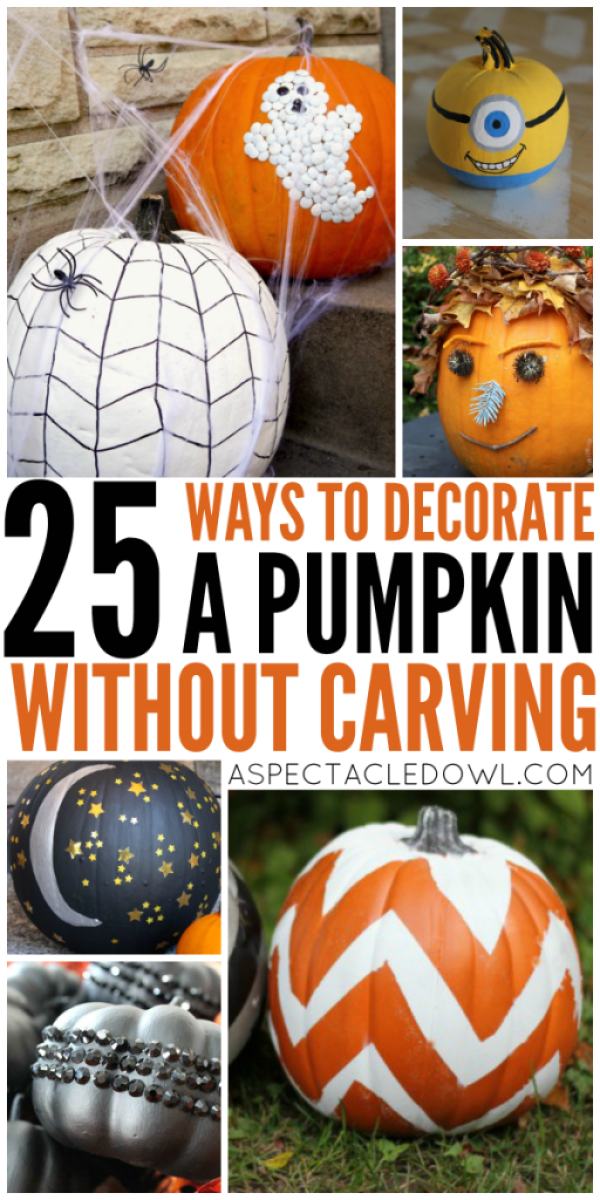5 Reasons Pumpkin Decorations Are an American Tradition

The tradition of decorating with pumpkins is deeply rooted in American culture, tracing back centuries. This longstanding practice has evolved from a mere autumnal trend to a central part of fall festivities, encapsulating everything from Harvest festivals to the beloved Halloween celebrations. Here are five reasons why pumpkins have become such a significant part of American tradition:
1. Historical Significance


Pumpkins weren’t always the beloved icons of fall that they are today. Initially, the tradition of pumpkin carving and decoration came from the British Isles. When Scottish and Irish immigrants arrived in America in the 19th century, they brought with them the practice of carving turnips to ward off evil spirits on All Hallows’ Eve. However, they soon discovered that the larger, more readily available pumpkins were far better suited for this tradition:
- They were abundant in America, especially in regions like New England.
- The size made them easier to carve detailed faces and images.
- Their color complements the fall palette of orange, brown, and yellow.
The transition from turnips to pumpkins was a natural evolution, contributing to the creation of a new American tradition that endures today.
2. Symbolic Meaning


Beyond their practical applications, pumpkins carry symbolic weight:
- Harvest and Prosperity: They symbolize the end of the harvest season, representing abundance and prosperity.
- Protection: Just as turnips were meant to scare away evil spirits, pumpkins continue this protective symbolism.
- Fall Transition: The change in color and shape of pumpkins mirrors the transformation of the natural environment during fall.
This symbolism has deeply ingrained pumpkins into American festive traditions, making them an emblem of the season.
3. Community and Family Bonding


Pumpkin decorations foster a sense of community and family:
- Carving contests, decorations in neighborhoods, and pumpkin-themed events are community-bonding activities.
- It’s a craft that invites creativity and offers a physical memento to celebrate the season’s arrival.
- Families often carve pumpkins together, enhancing bonding and creating cherished memories.
4. Economic and Agricultural Impact


The pumpkin industry has a significant economic impact:
- Pumpkin patches have become popular tourist attractions.
- From food to decorations, pumpkins are a versatile product that boosts local agriculture.
- Their widespread use promotes a cottage industry of products like pumpkin spice, decorations, and beyond.
🍂 Note: Pumpkins contribute significantly to the agricultural landscape, aiding farmers and stimulating local economies during the fall season.
5. Halloween and Fall Celebrations


Perhaps the most obvious reason, pumpkins are synonymous with Halloween:
- Jack-o’-lanterns, pumpkins carved into lanterns, are iconic symbols of the holiday.
- They provide a gentle fright to trick-or-treaters with their eerie glow.
- Pumpkins are also used in decorations, from wreaths to table centerpieces, enhancing the fall atmosphere.
In summary, pumpkins are more than just decorative gourds; they are a reflection of American heritage, bringing communities together, celebrating seasonal change, and symbolizing protection, prosperity, and festivity. The multifaceted nature of pumpkins, from their historical significance to their economic impact, underscores why they have become such an essential part of American tradition.
Why do Americans carve pumpkins for Halloween?

+
The tradition of carving pumpkins, known as Jack-o’-lanterns, originated from the Irish and Scottish practice of carving turnips to ward off evil spirits. In America, pumpkins proved easier to carve, and this practice became associated with Halloween festivities.
What are the economic benefits of pumpkins?

+
Pumpkins support local agriculture by providing an additional crop for farmers. They also contribute to tourism through pumpkin patches and create jobs in related industries like food, crafts, and decorations.
How are pumpkins used in community events?

+
Communities often organize pumpkin carving contests, decorate public spaces with pumpkins, and hold festivals featuring pumpkin-related activities like painting, cooking, and pie-eating contests.